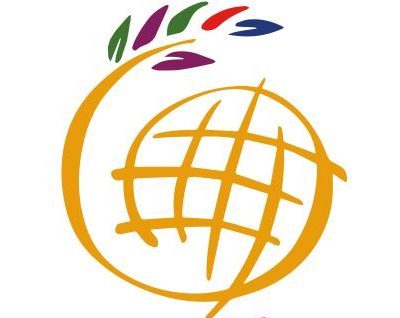
Pig production has a short production cycle with a lot of profit. Maize and soya beans are also highly profitable because they are demanded in the markets for industrial and domestic purposes.
I am Fuseh Phostinus Ncham. I am the holder of a Higher National Diploma in Agro-Pastoral Entrepreneurship and a Diploma as a senior technician in Agro-Pastoral Entrepreneurship. I come from Bamenda, Cameroon and I am 21 years old.
I want to integrate pig production with maize intercropped with soya beans. This will be done by raising 20 fattened pigs in batches of 10 per batch for the first year, 30 pigs for the second year and 40 pigs for the third year. All pigs are taken to the market after each production cycle.
For the maize and soya bean crops, the yield will be 6 tons of maize and 1.5 tons of soya beans produced in two cycles per year for the first and second year on one hectare of land. For the third year, 9 tons of maize and 2.25 tons of soya beans will be produced on 1.5 hectares of land in two cycles. All of the end products are sold at market.
Profits will be re-invested to increase production for the continuation of the project.
The love my people have for agriculture will boost my spirit to continue the production. Also, technical assistance from YPARD will help to keep the project going. Socially, employment will be created directly and indirectly. Crime waves will be reduced in my community. Economically, the supply of pork will be increased in the market.
I have worked closely with pig producers who raise pigs for commercial purposes and have realized that there is a lot of turnover from pig production. Maize and soya beans also have a great profit margin.
My income level will increase and so too will my standards of living. Employment will be created for idle youth thereby reducing crime waves in my community.
The steps to follow in order to attain my goals are as follows:
- Acquisition of farm tools and construction tools.
- Preparation of land for planting of crops.
- Acquisition of farm inputs.
- Placing of order for piglets.
- Construction of the piggery.
- Planting of crops and piglet installation.
- Maintaining of crops and routine management of pigs.
- Marketing of the products from project.
- Evaluation.
I have started with two female pigs (sows) and one male (boar) on a piece of land 20 m by 80 m in area, given to me by my father.
The measurable success factors for my project will include a cost and benefit analysis and a SWOT analysis. Cost-benefit analysis will involve putting together all the costs incurred and subtracting them from all the revenue received. I have done it before and the results are positive, showing that it is a successful project.
For SWOT (Strengths, Weaknesses, Opportunities, and Threats) analysis, I have looked at my strengths and they are far better than the little weaknesses and poor threats.
The $5,000 will be used as follows:
Investment for livestock system = 774,350 FRS
Running cost = 1,045,000 FRS
Total = 1,819,350 FRS
Investment for cropping system = 75,000 FRS
Running cost = 530,000 FRS
Total = 605,000 FRS
Grand total = 2,424,350 FRS
For the first three years, the economic performance of the project will be as follows:
The investment for the two production systems for the first year will be 774,350 FRS that will leave depreciation of 108,650 FRS. After the first year, worn out things will be replaced.
The total cost incurred for the first year will be 2,424,350, FRS with a profit of 2,146,350 FRS.
The total cost incurred for the second year will be 3,823,650 FRS, with a profit of 2,438,850 FRS.
For the third year, the total cost incurred will be 5,025,000 FRS and that will yield a profit of 3,591,350 FRS.
This production of pigs and maize in association with soya beans will need a capital of 2,424,000 FRS for the first year. This is almost the exact amount of the grant given by YPARD.
Blogpost and picture submitted by Fuseh Ncham (Bamenda, Cameroon) – fusehphostyncham[at]yahoo.com
The content, structure and grammar is at the discretion of the author only.
This post is published as proposal #286 of “YAP” – our “Youth Agripreneur Project”.
The first selection of the winners will be based on the number of comments, likes and views each proposal gets.
As a reader, you can support this speaker’s entry:
- Leave a comment (question, suggestion,..) on this project in the comment field at the bottom of this page
- Support the post by clicking the “Like” button below (only possible for those with a WordPress.com account)
- Spread this post via your social media channels, using the hashtag: #GCARD3
Have a look at the other “YAP” proposals too!
As a donor, support young agripreneurs and sponsor this unique project. Check out the side column for our current sponsors.
“YAP” is part of the #GCARD3 process, the third Global Conference on Agricultural Research for Development.


